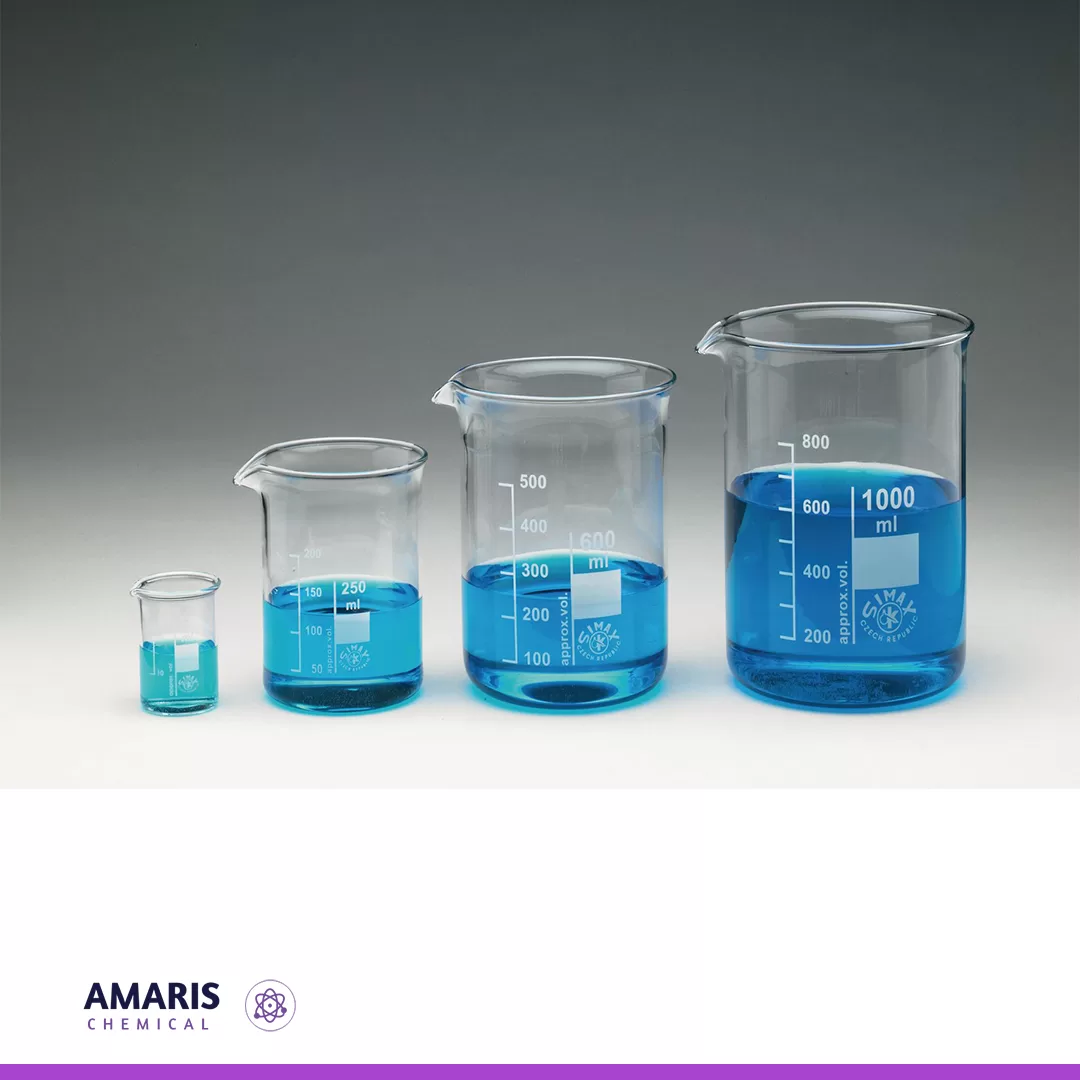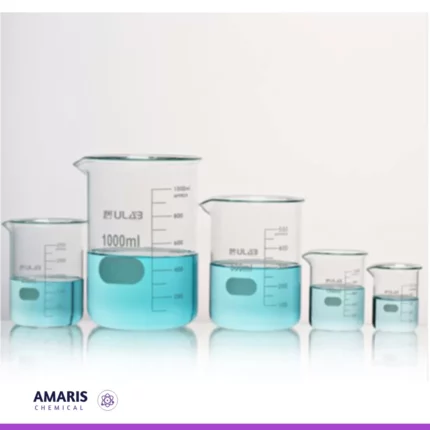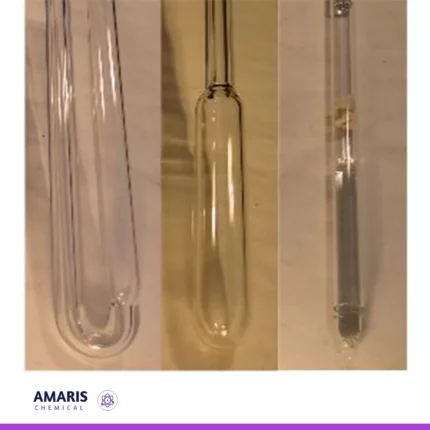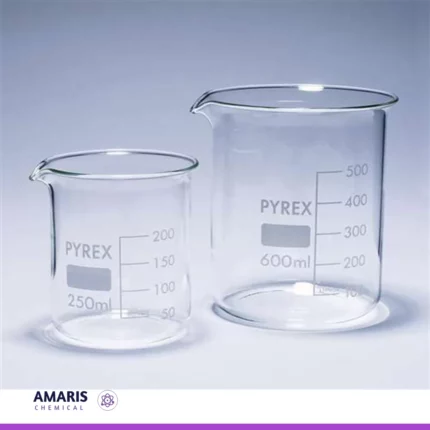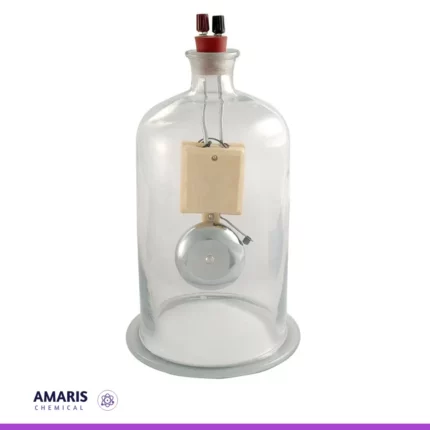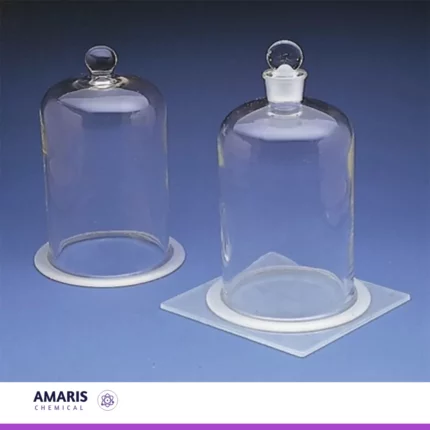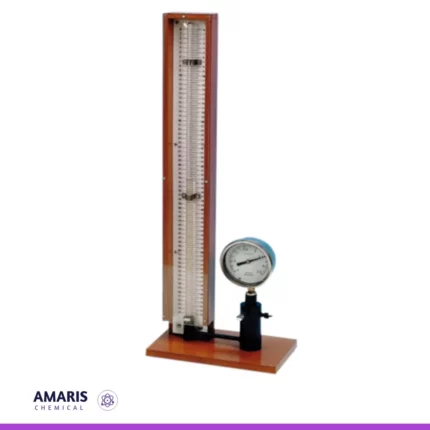Beaker Simax
$0.01
A glass beaker is a cylindrical, open-top container made of glass, typically with graduated volume markings on its side. It is commonly used in laboratories for holding, mixing, and heating liquids, as well as for performing various experiments and chemical reactions. Glass beakers come in various sizes and are designed to provide easy observation of the contents and to withstand temperature changes without significant deformation or chemical interaction with the substances being used.
Uses of Glass beakers
Mixing and Stirring:
Beakers are often used for mixing and stirring liquids. Their wide mouth and cylindrical shape make it easy to add and mix substances without excessive splashing.
Measuring Volumes:
Beakers are commonly used for measuring approximate volumes of liquids. While not as precise as graduated cylinders or volumetric flasks, beakers often have volume markings that provide rough estimates of the amount of liquid present.
Heating:
Glass beakers are heat-resistant and can be placed directly on a hot plate or heated using a Bunsen burner. This makes them suitable for tasks such as heating solutions, evaporating liquids, or conducting reactions that require controlled temperature conditions.
Dissolving and Mixing Solutions:
Beakers are used to dissolve solutes into solvents, creating solutions. They are also used for mixing different solutions together, often as a preliminary step before transferring the mixture to a more precise container.
Chemical Reactions:
Beakers can be used as reaction vessels for various chemical reactions. While not always the most precise choice, they are often suitable for reactions that don’t require exact measurements or precise conditions.
Sample Storage:
Beakers can be used to temporarily store samples before further processing or analysis. They provide a convenient way to keep substances contained and visible.
Precipitation and Crystallization:
Beakers are used to induce the crystallization or precipitation of solids from solutions. This is often achieved by allowing a solution to cool or by adding a precipitating reagent.
Observation:
Beakers allow easy visual observation of reactions and changes in color, appearance, or texture. This makes them useful for qualitative assessments during experiments.
Holding and Transporting:
Beakers can be used to hold liquids temporarily during various stages of an experiment. They are also used for transporting liquids from one location to another within the lab.
Decanting:
Beakers are sometimes used for decanting liquids, which involves carefully pouring off the top layer of liquid while leaving sediment or other materials at the bottom undisturbed.
Simple Filtration:
Beakers can be used as collection vessels in simple filtration processes. After filtering a mixture, the collected liquid can be held in the beaker for further analysis or processing.
Educational Demonstrations:
Beakers are frequently used in educational settings to demonstrate various scientific principles and experiments, due to their versatility and ease of use.


 Emollients
Emollients Humectants
Humectants UV Filters
UV Filters Surfactants (cosmetic)
Surfactants (cosmetic) Preservatives (cosmetic)
Preservatives (cosmetic) Fragrances and Essential Oils
Fragrances and Essential Oils Antioxidants (cosmetics)
Antioxidants (cosmetics)
 Solvents (lab)
Solvents (lab) Chromatography Chemicals
Chromatography Chemicals Microbiology and Cell Culture Reagents
Microbiology and Cell Culture Reagents Biochemical Reagents
Biochemical Reagents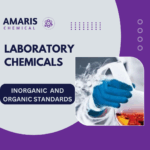 Inorganic and Organic Standards
Inorganic and Organic Standards Spectroscopy Reagents
Spectroscopy Reagents Molecular Biology Reagents
Molecular Biology Reagents
 Precious Metal Extraction Agents
Precious Metal Extraction Agents
 Plasticizers
Plasticizers Polymerization Initiators
Polymerization Initiators Stabilizers
Stabilizers Monomers
Monomers Fillers and Reinforcements
Fillers and Reinforcements Antioxidants (plastics)
Antioxidants (plastics) Colorants (plastic pigments,Dyes)
Colorants (plastic pigments,Dyes)
 Fertilizers
Fertilizers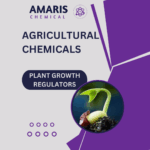 Plant Growth Regulators
Plant Growth Regulators Soil Conditioners
Soil Conditioners Animal Feed Additives
Animal Feed Additives Biostimulants
Biostimulants
 Dough Conditioners
Dough Conditioners Flour Treatments
Flour Treatments Fat Replacers
Fat Replacers Preservatives (baking)
Preservatives (baking)
 Surfactants (cleaning)
Surfactants (cleaning) Builders
Builders Bleaching Agents
Bleaching Agents Enzymes
Enzymes Solvents (cleaning)
Solvents (cleaning) Fragrances
Fragrances Disinfectant
Disinfectant Metal cleaning
Metal cleaning
 Binders/Resins
Binders/Resins Pigments
Pigments Solvents (paint)
Solvents (paint) Additives
Additives Driers
Driers Anti-Corrosion Agents
Anti-Corrosion Agents Specialty Coatings
Specialty Coatings Functional Coatings
Functional Coatings Application-Specific Coatings
Application-Specific Coatings
 Sealants and Adhesives
Sealants and Adhesives
 Biodegradable Surfactants
Biodegradable Surfactants Bio-based Solvents
Bio-based Solvents Renewable Polymers
Renewable Polymers Carbon Capture Chemicals
Carbon Capture Chemicals Wastewater Treatment Chemicals
Wastewater Treatment Chemicals
 Preservatives (food)
Preservatives (food) Flavor Enhancers
Flavor Enhancers Acidulants
Acidulants Sweeteners
Sweeteners Emulsifiers
Emulsifiers Antioxidants (food)
Antioxidants (food) Colorants (food)
Colorants (food) Nutrient Supplements
Nutrient Supplements Nutraceutical Ingredients
Nutraceutical Ingredients
 Fresh Herbs
Fresh Herbs Whole Spices
Whole Spices Ground Spices
Ground Spices Spice Blends
Spice Blends
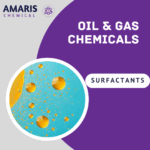 Surfactants(oil)
Surfactants(oil)
 Antibiotics
Antibiotics Active Pharmaceutical Ingredients
Active Pharmaceutical Ingredients Excipients
Excipients Vaccine Adjuvants
Vaccine Adjuvants Nutraceutical Ingredients
Nutraceutical Ingredients Solvents (pharmaceutical)
Solvents (pharmaceutical)
 Automotive chemicals
Automotive chemicals Pyrotechnic Chemicals
Pyrotechnic Chemicals


 Vulcanizing Agents
Vulcanizing Agents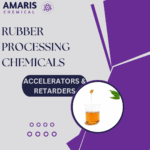 Accelerators & Retarders
Accelerators & Retarders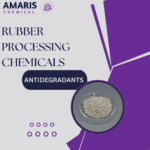 Antidegradants
Antidegradants Reinforcing Agents
Reinforcing Agents Plasticizers & Softeners
Plasticizers & Softeners Fillers & Extenders
Fillers & Extenders Blowing Agents
Blowing Agents Adhesion Promoters
Adhesion Promoters
